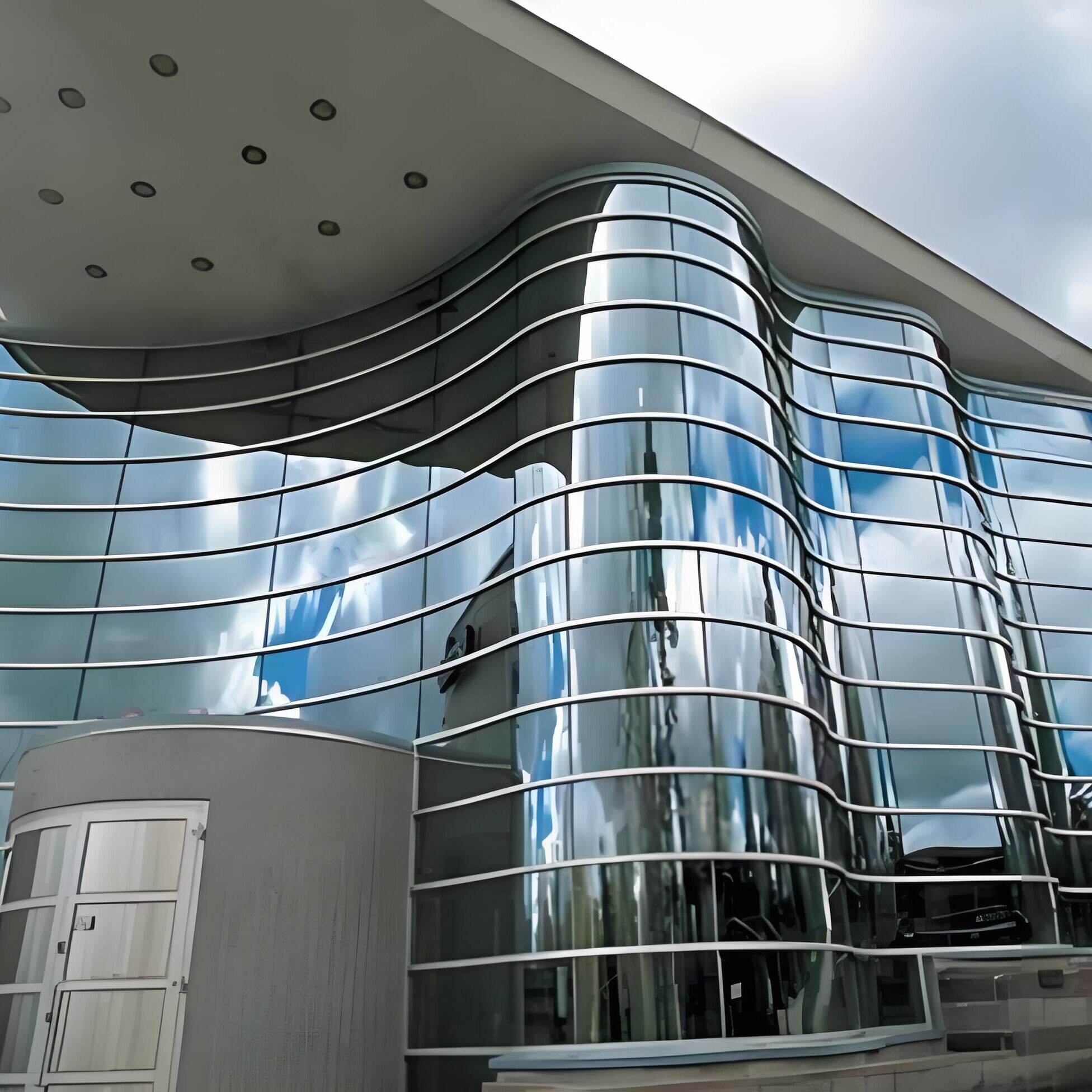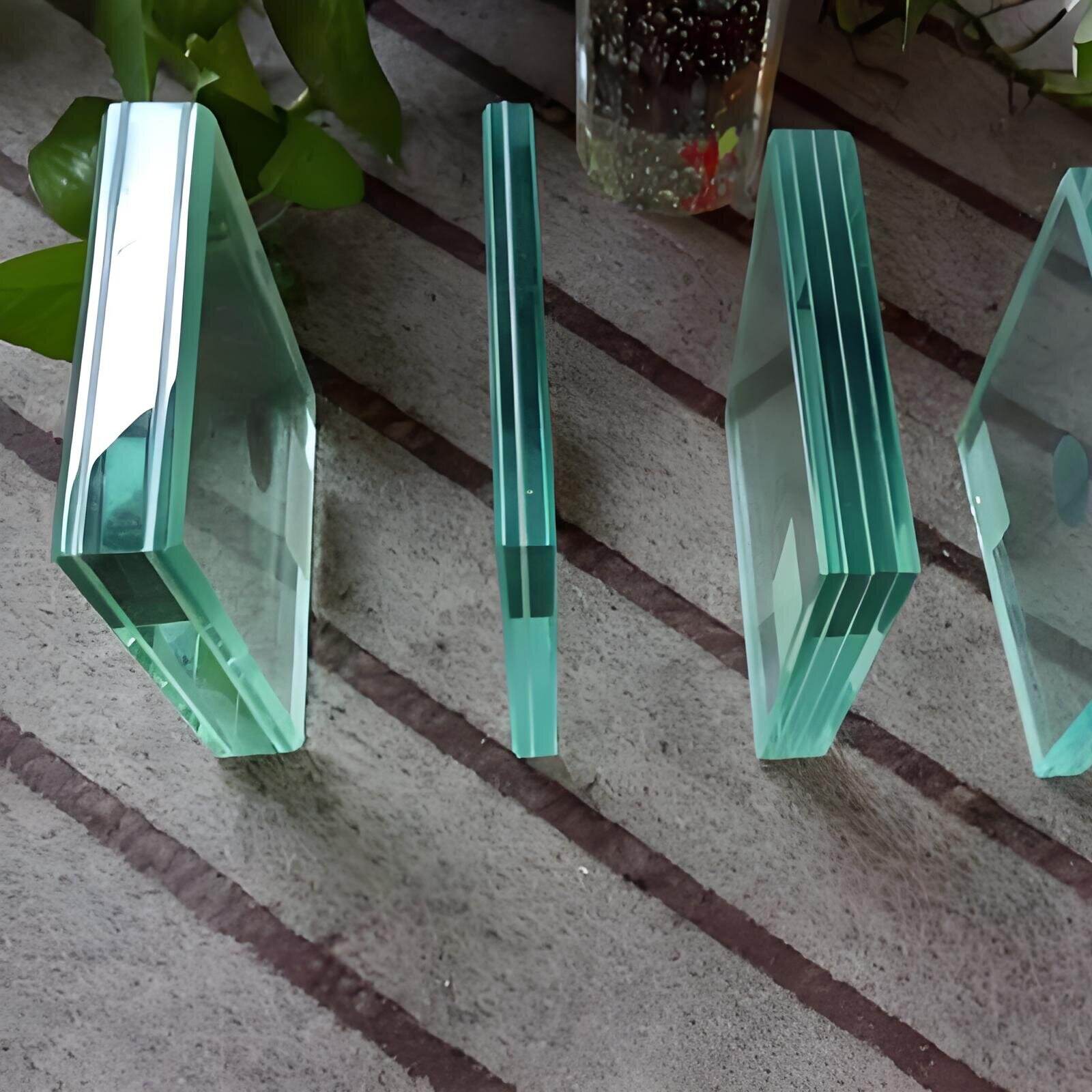low iron ultra clear glass
Low iron ultra clear glass represents a remarkable advancement in glass manufacturing technology, characterized by its exceptional clarity and superior light transmission properties. This specialized glass is manufactured through a meticulous process that minimizes the iron content typically present in standard glass production, resulting in a product with significantly reduced green tinting. The manufacturing process involves selecting high-purity raw materials and implementing precise control measures to maintain minimal iron oxide levels, typically below 0.01%. The result is a glass product that achieves up to 91% light transmission, compared to the 83-85% typical of standard clear glass. This enhanced transparency makes it an ideal choice for applications where visual clarity is paramount, such as high-end architectural projects, solar panels, display cases, and luxury retail environments. The glass exhibits minimal color distortion, allowing true color representation of objects viewed through it, while maintaining the structural integrity and durability expected from premium glass products. Its versatility extends to various thickness options, ranging from 2mm to 19mm, making it suitable for both decorative and functional applications.


